According to statistics, every fourth inhabitant of the world, regardless of age and physiological data, suffers from varicose veins. Varicose veins are a predominantly hereditary disease that can be caused by genetic factors. Any aspect of a disease such as varicose veins can be a trigger for triggering the mechanism, including an unhealthy diet, intense physical activity, or the complete absence thereof. The clinical picture and the choice of treatment method depend on the stage and shape of the varicose veins, as well as the individual characteristics of the patient.
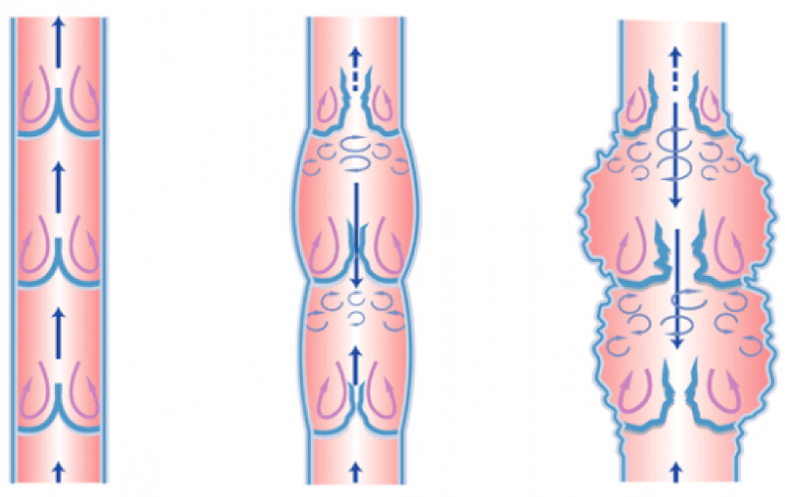
Pathogenesis and etiology
At present, it has been proven and confirmed by scientific data that the main reason for the appearance of the main symptoms of the disease is heredity. Genetic defects, which are expressed in the transmission of genetic material responsible for the elasticity and tone of the vein walls, are passed on from generation to generation and provoke the development of varicose veins.
With a hereditary predisposition, it is incredibly difficult to avoid the appearance of the main symptoms of the disease, since all the factors that almost every average person meets on a daily basis can serve as reasons, as a kind of catalyst for the start of pathological processes. Among the most common reasons, the negative effects of which can cause pathology, include:
- Lack of physical activity.
- The time of pregnancy and subsequent childbirth.
- Obesity, especially with the localization of fat masses in the lower body.
- Long-term use of hormonal and potent drugs.
- Irrational approach to diet.
- Postural pathologies and a sedentary lifestyle.
- Obligation to have regular solariums.
- Bad habits.
- Wear tight and tight clothing.
So varicose veins are primarily a genetic defect. The above causes of varicose veins, the systematic effect of which are various pathologies of the circulatory system, including varicose veins, are among the most common. In each individual situation, however, other reasons, among other things, can play a negative role. It is almost impossible to completely eliminate all predisposing factors.
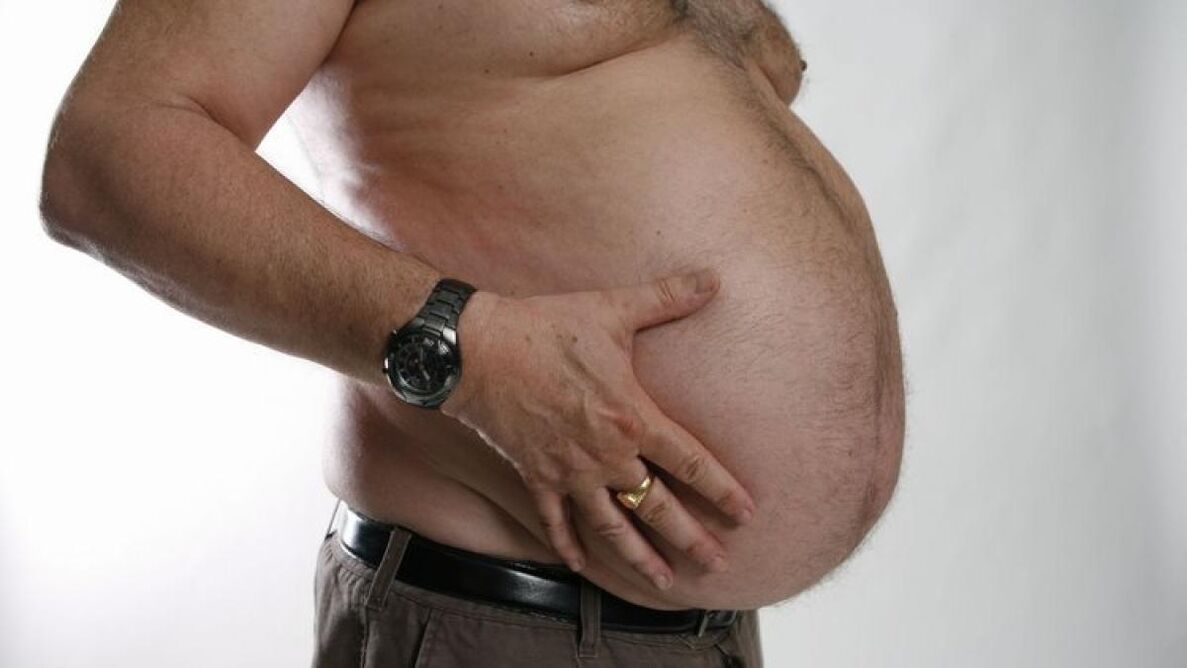
Obesity can lead to varicose veins.
Clinical picture
Symptoms of varicose veins, regardless of the reasons, can vary significantly depending on the stage and form of the disease, as well as other factors such as lifestyle and anatomical features of the structure of the venous system. There are currently six main stages of varicose veins, each of which is characterized by a certain set of characteristic symptoms and causes of occurrence.
First stage. At the initial stage of formation, varicose veins are characterized by the appearance of the following symptoms:
- Tingle.
- Heaviness and pain in the legs.
- Burning, itching.
- Night cramps.
You can also notice the visual symptoms of varicose veins in the form of bluish stars and veins. At this stage, the patient notices the appearance of edema after physical exertion and in the evening.
Second floor. According to scientific data, the real varicose veins of the lower extremities begin, regardless of the reasons, precisely from the second stage of the development of the disease. This is because the symptoms that appear in the first two stages of varicose veins are due to other diseases affecting the vascular system. During this time, the patient will feel discomfort, tingling and pain in the legs even after short walks. In addition, the visual symptoms of the disease are clearly visible: the vascular network, swollen veins, the formation of dense bluish knots on the skin. According to a similar picture, the third stage proceeds with varicose veins.
In the fourth and fifth stages of varicose veins, due to the lack of oxygen in the tissues, trophic changes appear, which are expressed in ulcerative areas. The skin of varicose veins takes on a dark shade, the veins become pronounced and feel dense.
The seventh stage is characterized as the most complex and most advanced form of the disease. During this period, varicose veins of the lower extremities provoke the development of irreversible tissue changes, the appearance of non-healing trophic ulcers, which often become the cause of the death of areas of the skin.
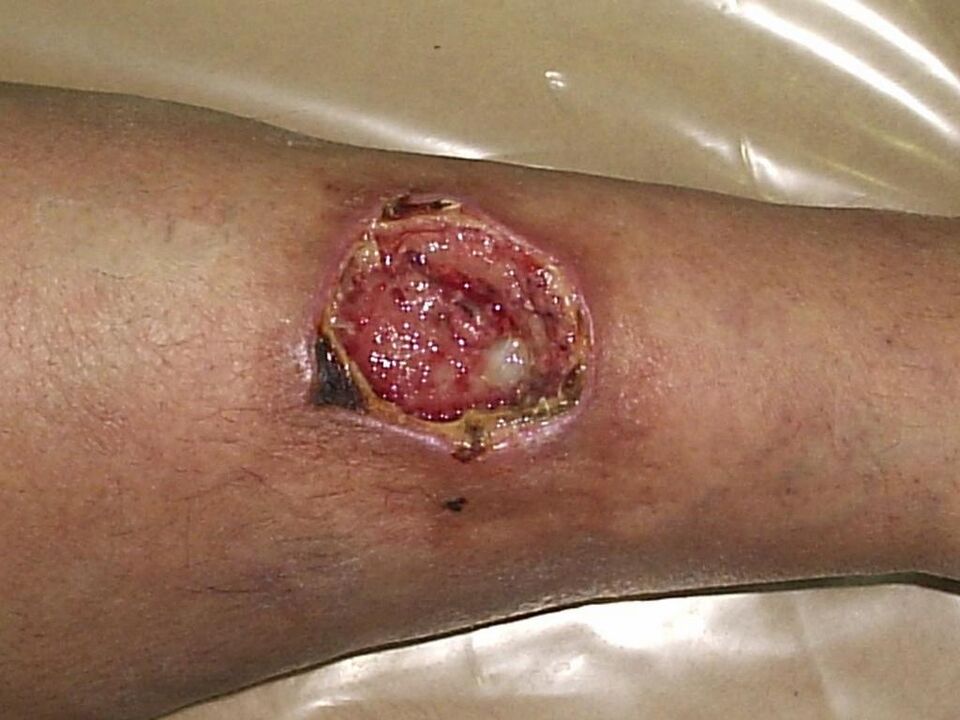
In the advanced stages of varicose veins, trophic ulcers appear.
Effective therapies
Modern medicine offers patients several basic treatment options for varicose veins. There are two main areas of this: the invasive and the conservative treatment of varicose veins. Each of these directions is in turn divided into corresponding subgroups. One example of a conservative treatment option is the use of external and internal medication.
The invasive treatment of varicose veins is based on the use of radical therapy methods for inflamed areas of the vascular system. Depending on the stage and symptoms of the disease, various treatment options are used: from restoring the walls of damaged veins to complete or partial removal. However, cardinal treatment of varicose veins provides for a number of contraindications, the presence of which excludes the use of an appropriate procedure.
Effective treatment of varicose veins, aimed at positive dynamics of the disease, is based on a complex combination of several types of therapy. For example, taking medication can be combined with some physical therapy treatments, wearing compression garments, and folk methods.
In addition, when prescribing certain treatment options for the patient, the patient must also make dietary changes, exercise moderate levels of physical activity, and also minimize the factors that contribute to the progression of the disease.
Medication
Medical treatment for varicose veins, regardless of their cause, is mainly used in the early stages of the development of the disease. It is also possible to take medication and apply it to varicose veins as an additional measure when performing invasive therapy. To treat the symptoms of varicose veins, drugs are used that have anti-inflammatory, regenerative, healing, and venous outflow normalizing properties. If there is a risk of infection of the affected tissue, treatment with antibacterial drugs is necessary.
In most cases, drug treatment is used in the early stages of the disease.
With strong painful sensations, it is allowed to take pain relievers, the action of which is aimed at eliminating symptoms, but not treating the causes of the disease. The use of drugs that improve the composition of the blood, thin the hemalimph and increase the body's resistance is also practiced.
The use of drugs helps to reduce both the visual manifestations that characterize varicose veins of the lower extremities, and physiological: edema, pain, heaviness. However, medical treatment for varicose veins is aimed at eliminating the symptoms, not the causes, of the disease. It is almost impossible to completely get rid of varicose veins and regenerate damaged varicose veins in this way.
physical therapy
Physiotherapy is an excellent addition to a single treatment complex for varicose veins. The only major disadvantage of this form of therapy is that, due to its specificity, all interventions have to be carried out exclusively in medical facilities. The positive effect is only achieved if the treatment is carried out regularly.
The following types of procedures have the maximum efficiency and convenience in treating the disease:
- Electrophoresis.
- Laser radiation.
- Infrared radiation.
- Magnetic Therapy.
Despite all the advantages of physiotherapy prescribed to eliminate varicose veins on the legs, there are a number of contraindications due to which their treatment is completely excluded. These usually include symptoms of varicose veins such as trophic ulcers, necrotic tissue changes, open wound surfaces.
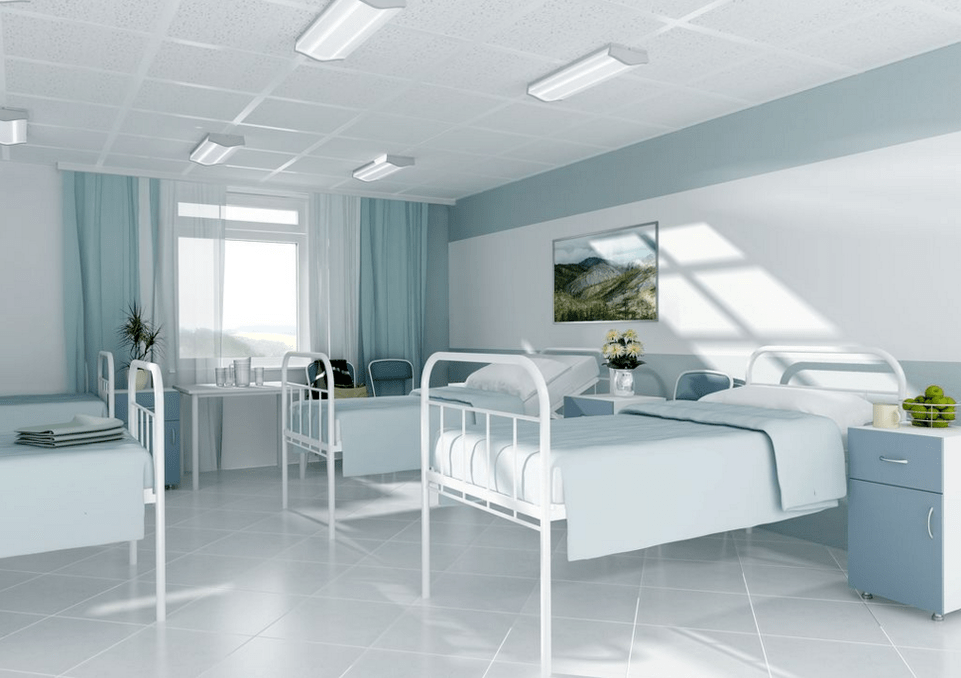
Physiotherapy can only be performed in a medical facility.
Surgical intervention
Surgical removal of the affected veins through an appropriate procedure is classified as one of the most effective methods of treating varicose veins. However, it is used only in the most severe and neglected cases, provided that there is no positive dynamic in the use of invasive and conservative methods of treating the disease.
The surgical procedure is based on the complete removal of the affected vein. The procedure requires the introduction of anesthetics to a patient who is worried about varicose veins, hospitalization and a long period of rehabilitation. Depending on the causes of the disease and indications, the operation for varicose veins can be carried out as planned or as an emergency.
Invasive methods
A relatively new trend in the field of phlebology are invasive treatment methods, the effectiveness of which is not inferior to surgical manipulations. At the same time, when performing such procedures, the patient does not need a long period of rehabilitation. In addition, there are no contraindications and side effects. However, invasive methods may not be effective enough for the symptoms of advanced varicose veins.
These methods include the following: sclerotherapy and laser exposure. The first technique is used for the symptoms of varicose veins both individually and as part of a medicinal complex. Sclerotherapy involves injecting a substance into the damaged vein that promotes the rapid regeneration of cells and tissues. To completely get rid of varicose veins, five to six such procedures are enough.
Laser therapy is in some ways similar to the surgical principle of therapeutic action, which allows you to permanently get rid of the symptoms of varicose veins. During the procedure, laser radiation acts directly through the skin. The laser partially destroys the tissue of the damaged vein and thus provokes its immediate contraction. The presence of scars or scars as a result of such a procedure is completely excluded.
Traditional methods
Of course, getting rid of varicose veins forever using folk methods will not work, but it is quite possible to somewhat reduce the visual and physiological manifestations of the disease. The main aspect of home therapy is regularity. It is only possible to get good results with varicose veins and get rid of unpleasant symptoms if the procedures are carried out daily and in accordance with recognized norms.
The most effective methods of treating the causes and symptoms of varicose veins that can be done at home are called poultices based on various drugs and herbs. The following recipes are particularly popular:
- The pulp of ripe tomatoes, ground into pulp. An excellent remedy for varicose veins in the early stages of the disease. Apply to inflamed veins for two to three hours daily.
- Varicose veins of the lower extremities can be eliminated and bothersome symptoms can be relieved by using fresh aloe or kalanchoe leaves. To do this, the plant should be ground to a pulp and applied to the affected area overnight.
- Homemade yogurt. To prepare the compress, abundantly moisten a cotton swab or bandage in a container of yogurt, then apply it to the leg.
- Infusion of hop cones. Soak a gauze swab with a saturated infusion and secure it to the leg with a tight bandage. The procedure should be done daily.
- White cabbage leaves. The application is very simple: scald leaves with boiling water, cool and apply to the affected areas and then fix with an elastic bandage. This method is ideal for severe pain and swelling.
- Slices of green tomatoes. Put several slices of unripe tomatoes on the sore area and fix them with a bandage. The duration of the procedure should not exceed five hours.
- Propolis. Preparations based on propolis may only be used according to a doctor's prescription, as the active ingredient is classified as potent. It is possible to use tinctures and aqueous solutions of this beekeeping product as compresses and therapeutic liniments.
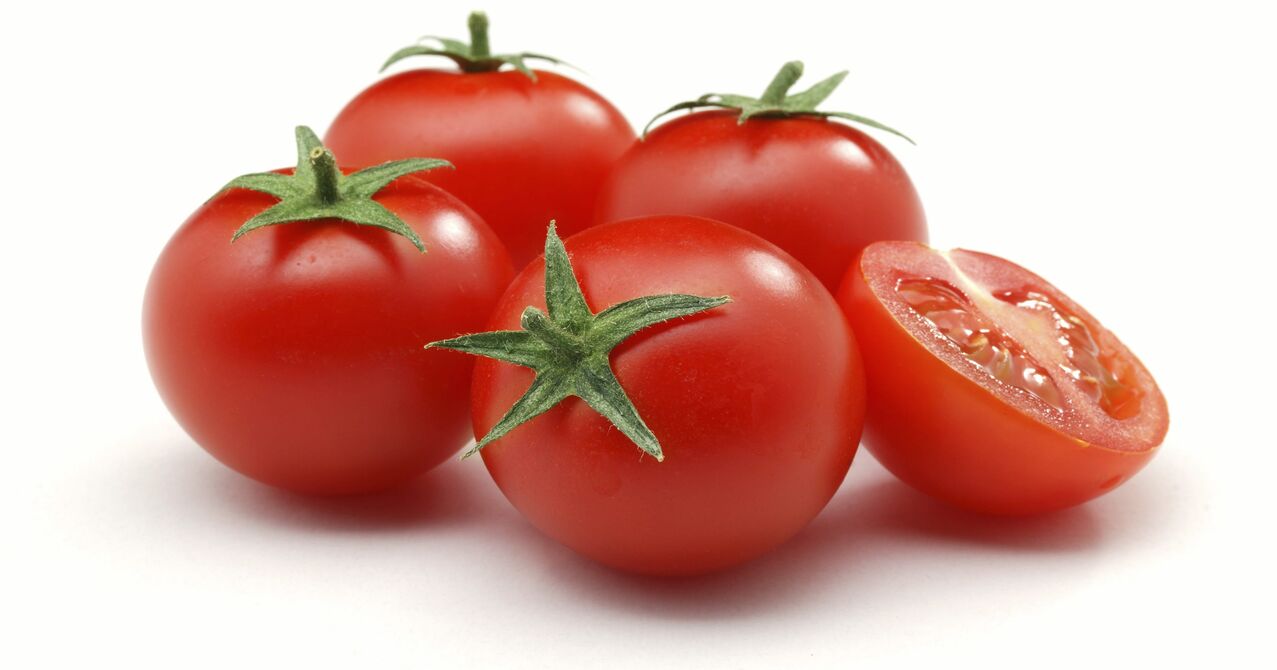
The most effective way to treat the disease at home is with compresses.
Before using any home remedy for varicose veins, make sure that there is no risk of allergy to any part of the recipe. It is almost impossible to get rid of varicose veins on the legs with procedures performed at home. However, the beneficial effect of compresses, described above, will help eliminate their causes and symptoms, thin the blood and strengthen the vein walls, which are an important part of the therapeutic complex.
Right nutrition
Varicose veins often arise not only from damage to the vein walls, but also from thickening of the blood. In order to liquefy the hemalymph, improve metabolic processes and restore blood microcirculation, the patient must make certain adjustments to his usual diet.
First of all, you should exclude from the menu all sweet, fatty and fried foods, as well as flour products. Low-fat meat, vegetables, fruits, fermented dairy products, cereals should be present as the predominant products on the table of a patient with varicose veins on the legs. On the basis of these products, it is quite possible to compose not only a healthy, but also a varied diet menu, in addition, such dishes will help to thin the blood and get rid of the symptoms of the disease.
Tips
As an additional measure for varicose veins, patients must also wear compression garments, which distribute the load evenly on the legs and prevent the occurrence of unpleasant symptoms and the progression of the disease. You can also replace special underwear with ordinary elastic bandages, the effect of their use will be no less noticeable. The only disadvantage of elastic bandages is the relative inconvenience of securing this device.
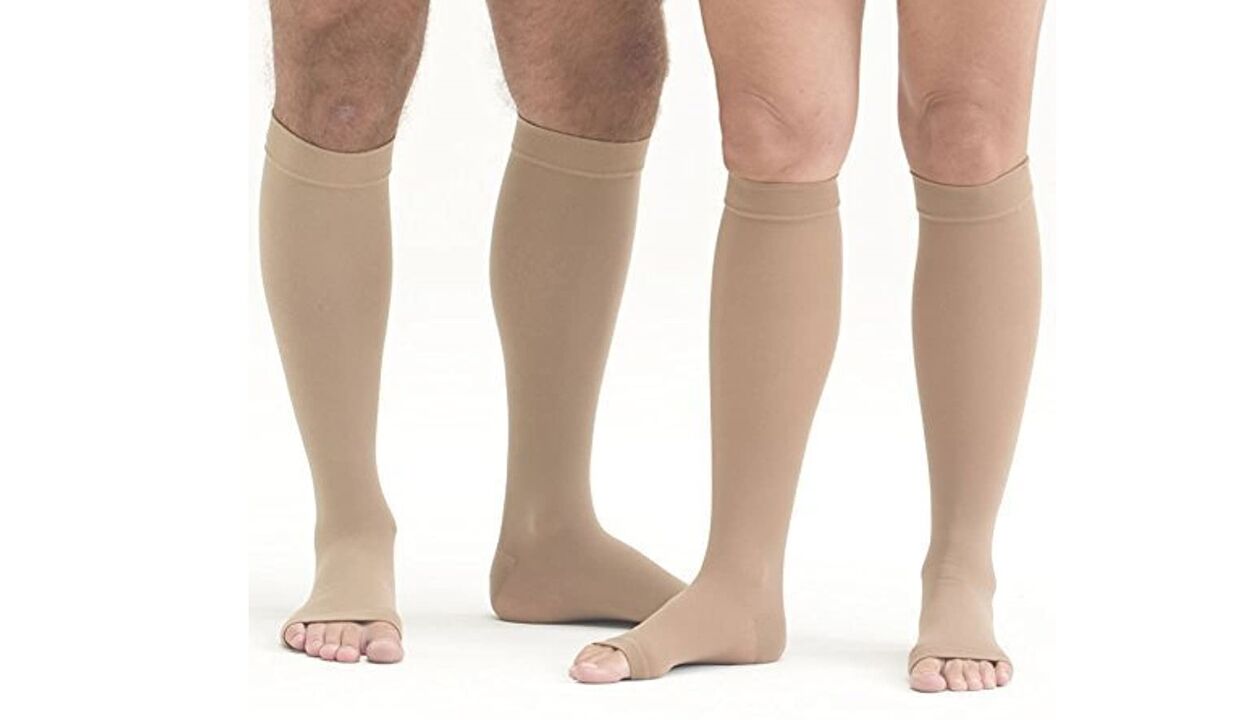
Wearing compression garments is recommended for the prevention and treatment of varicose veins.
Taking short walks at a leisurely pace also helps normalize blood flow and improve the supply of oxygen and nutrients to cells and tissues. However, this method can only be used as an additional part of the medical complex if there are no contraindications. As an additional method of treating pathologies of veins and blood vessels, a contrast shower can be called. Regular use of this procedure improves blood circulation, promotes skin cell recovery, and also reduces swelling and pain. It should not be forgotten that if there is damage to the vascular system, you can only take a warm shower, not a hot one.
It is almost impossible to completely cure varicose veins by treating them with a single technique. Only a complex combination of several ways to combat the causes of varicose veins will make you forget forever about the unpleasant symptoms of this disease.
To avoid complications, do not self-medicate. Before using any of the most harmless means, it is worth consulting with your doctor.














































